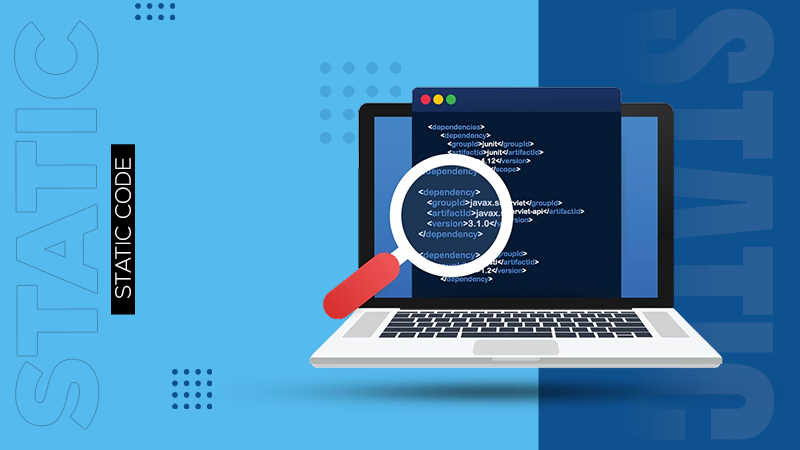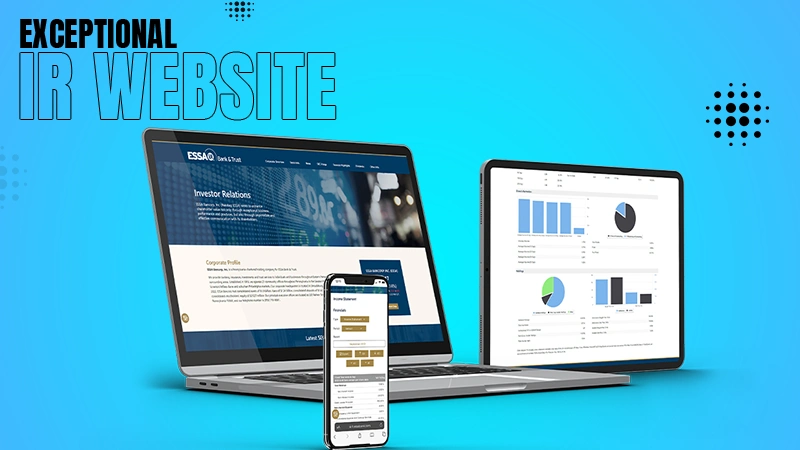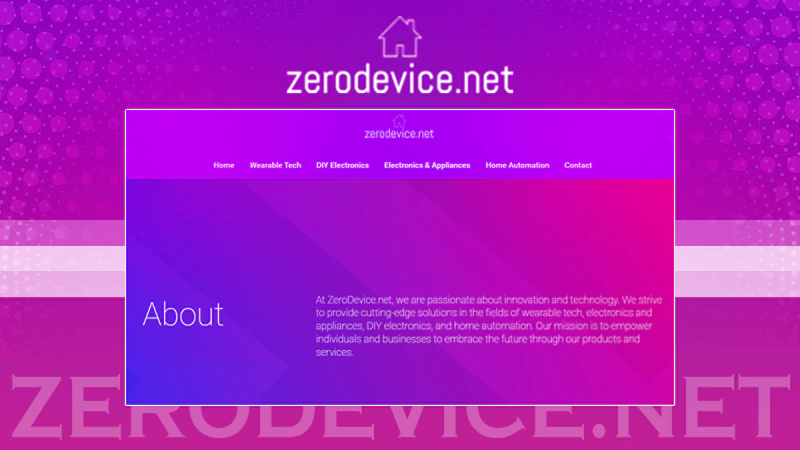Tech Mistakes That Lead to Elevator Inefficiency
Elevators are key mobility facilitators in urban areas where high-rise structures spring up like mushrooms. Transactions from floor to floor are easier and more convenient with a metal enclosure transporting people, materials, and equipment. Like many building equipment or facilities, maintaining the efficiency of elevators is paramount for a safe and optimal performance. Technological hiccups can still surface and slow down or disrupt elevator operation, dampening user experience. Identifying common technology mistakes is the first step in developing better solutions for ensuring the smooth and efficient operation of elevators. Fortunately, this exploration will delve into areas where oversight commonly occurs and share workable insights that can help elevators work like well-oiled machines.
Poor Maintenance Practices
Routine maintenance is fundamental to the reliability of elevator systems and machines with moving parts, but building owners and managers often set this aside or even neglect it. What happens when elevators are left without maintenance is that they will fail to work, cause unexpected delays, or become safety hazards. An established elevator service company puts maintenance as the first item in the top 5 tips you need to know about keeping elevator operation efficient, and rightly so. Scheduling regular maintenance inspections every few months is vital in identifying potential problems. Signs of cable wear or malfunctioning control panels are warnings that should not be ignored. Even at the stage of minimal wear or laggy control panel response, significant impact can be felt, such as increased wait times and sudden vibrations. Although costly, investing in a comprehensive maintenance schedule is more cost-effective compared to installing a new elevator every few years. Statistics in support of this indicate that elevator systems receiving regular and timely maintenance have lower malfunction rates by about 80%, leading to higher user satisfaction and operational efficiency.
Overloading or Max Loading Elevators
The practices of overloading and maxing the loading capacity of elevators can strain their operation and increase the frequency of maintenance. Elevators are designed to have specific load capacities, and exceeding them or frequently maxing the capacity can hasten the wear of components, cause mechanical failure, and lead to delays when safety protocols activate. Many users are not aware of the load capacity’s relationship with overall efficiency, so education and information dissemination are essential. Managers or building owners should place visible and clear reminders near elevator doors on the load capacity and number of passengers to curb overloading and improve user compliance.
Ignoring Technological Upgrades
Many building managers fail to grasp the impact of integrating technological enhancements on elevator performance. Many ignore upgrades, thinking that unchanged elevators give a historical vibe, but this only works for hotels. Commercial establishments can’t afford delays or slow-moving lifts, so upgraded elevators are a must. Modern elevators have intelligent dispatch systems, predictive maintenance features, and high-speed variants. Intelligent dispatch technology analyzes peak usage times and busiest floors, adjusting elevator traffic accordingly. Predictive maintenance uses AI technology to forecast wear and tear and predict when maintenance is needed, reducing downtime to only absolutely needed servicing. High-speed elevators can reach various floors in seconds, which is particularly convenient for tall buildings and skyscrapers, where higher floor transport is frequently needed. All these are compelling reasons why upgrading elevator technology can also upgrade user experience.
Neglecting User Behavior
Letting users operate the elevator as they please can lead to problems in the long run. Without visual reminders or designated operators, the lack of proper etiquette and proper operation awareness will lead to frequent delays and malfunctions. Common culprits include pressing multiple buttons or repeatedly pressing buttons, which can overwhelm the elevator system. For commercial passenger elevators, conducting educational programs can improve the awareness of employees and other building occupants on the proper operation of elevators. Visual reminders serve as effective reinforcement in case they forget what was discussed and prevent improper operation. With targeted education focused on elevator courtesy, elevator delays can be reduced by as much as 20%, highlighting how mindful operation improves service efficiency and cultivates a delightful experience.
Failing to Use Smart Data Analytics
Data analytics is an essential precursor to technological innovations and can also enhance elevator management by providing insights into usage patterns and improvement areas. Many building owners and managers fail to utilize this data, missing opportunities to optimize their elevator operations. Installing sensors with advanced software can help gather data such as the time and frequency of elevator usage. Collecting and analyzing the data allows building managers to devise strategic approaches to maintenance scheduling and elevator deployment during peak hours. This alignment between elevator operation and data-driven insights can reduce downtime and ensure reliable elevator availability.

Elevator technology is only on the rise, and more innovations are set to emerge soon. What buildings can do at the moment is keep elevator operation efficient and avoid common mistakes that disrupt its operation. There are various actionable steps to achieve this, including education on elevator usage, maintenance diligence, and adopting technological advancements. A proactive approach in these areas can prevent or address elevator operation inefficiencies, which lead to improved performance and user experience.






